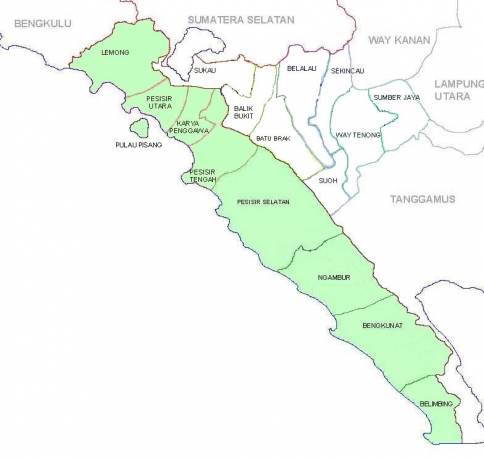Title : Revolt In Paradise
Author : K’tut Tantri
Publisher : PT. Gramedia Pustaka Utama
Pages : 334
K’tut Tantri (1908-1997) is little known as an Indonesian prominent heroine in struggling for her independence, back in the first half of 20th century. Her name is lost among those big Indonesian heroines’ like Tjut nyak Dhien, Kartini, Dewi Sartika, and Rasuna Said. Students textbook on history doesn’t mention her name. Hardly any students know her unless they read about her somewhere outside school. But, nevertheless, her roles in the revolts for the freedom of Indonesia is no less important, if not to mention most. Her campaigns for the freedom of Indonesia in Australia won most people sympathy which was then raised thousands of dollar for the cause. Her speaking at University of Sydney led the students to organize a march to Dutch consulate drawing up a protest against any further Dutch aggression against Indonesia, besides asking the Australian government to put the Indonesian question to the United Nations. Not long afterward the Dutch were ordered by United Nations to cease fire in Indonesia, and the whole Indonesian problem was set before the UN.
K'tut Tantri, a Scottish-born American woman, and the author of Revolt in Paradise, was Bali's most notorious Stranger. Her real name was Muriel Pearson, and K’tut Tantri was her Balinese name given by a local king of Bali after he adopted her as a princess. She came to Bali in the 1930s from Hollywood, and the story of her life here - first as an adopted princess and then as a freedom fighter for Indonesia—has a strong whiff of Hollywood about it indeed.
In 1932, she watched a movie entitled ‘Bali, The Last Paradise’ and was stunned by the beauty of the island depicted in it. She quit her job as a reporter and sold her belongings to set sail to Bali. As she wanted to paint in Bali, she acquired a two-year supply of canvases, brushes and oils. She intended to live with native Balinese. It wasn’t until she realized that Indonesia was being under Dutch colony that she found that the life in Bali was not as easy as she expected. Then here the story began.
Dutch people took too much fuss about racial and supremacy issue. First, they persuaded her not to live with the native people, then they forbade her not to do that for fear of imperiling white people supremacy. “Young lady,” he addressed me, “you have been called to his office on the orders of the controlleur of Denpasar. He has informed you that the Dutch colonial administration would take a dim view of your living the vicinity of Denpasar to live with the native in the interior of the island. We Dutch rule these people by keeping them in their place. What will happen to that, do you think, if one they get the idea the white people regard them as equals? You—a white woman—accepting the hospitality of a native family …” He spluttered at this. For the moment he seemed to have run out of control. (page 42).
But, nevertheless, she kept on living with the native in the interior of Bali under strict suspicion of Dutch eyes. Later, with the helps of the local friends and people, she built a hotel in Kuta Beach. There she lived painting and managing the hotel. Inspite of the niggling spirit of rivalry from the Dutch people, the hotel ran well. More and more foreign customers stayed in her hotel. This, however, made the Dutch people more malicious with her when they found that their customers shifted to her hotel.
In 1942, after the bombing of Pearl Harbor, the Japanese finally set foot in Indonesia, made a lot of damages everywhere, her hotel was flattened. K’tut Tantri ran away to Java, joined the resistance; She helped to assert Indonesian claims to self-government, should there be a weakening of the Japanese grasp over the islands.
However, everything didn’t run smooth. The Japanese arrested her. Took her as a prisoner. Charged her with espionage. Put her in jail for months. It’s in this Japanese jail that the nightmare began. But she was a taugh woman. Small was she, but her brevity were magnificent. She was beaten up black and blue by the Japanese. Fed frugally, and was embarrassed in public. They forced her to walk down to the very center of the street of Kediri stark naked. So severe it was, but, the Japanese failed to get a word of confession out of her.
***
In politics affair, K’tut Tantri also played an important role. She was the one behind the abortion of a planned coup d’état to overthrow president Soekarno. She was the one who smuggled the emissary of king Farouk of Egypt Abdul Monem from Singapore under Dutch strict blockade in order to extend formal recognition to the new sovereign state of Indonesia from the Egyptian government and the Arab league. During the Indonesian revolution, she worked as a radio broadcaster in Surabaya. In foreign countries, she was well known as Surabaya Sue. She died on her loneliness in Sydney in 1997. She died alone and forgotten despite all of her accomplishments and earlier fame.
***






































































Post a Comment